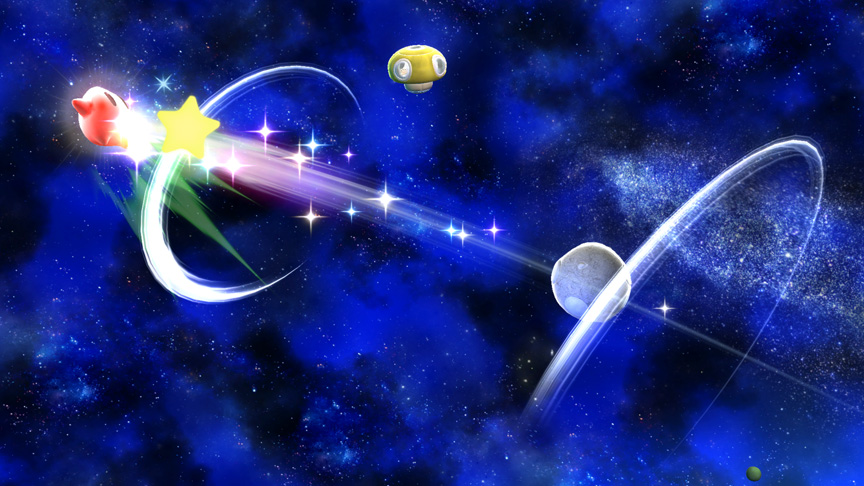The Nintendo Companion (Nintendo Transceiver Companion) was the Big N’s first electronic toy. Only a small amount of these walkie-talkie sets were produced in the 1960s, making it a rare and very neat piece of Nintendo history.
Speculation has ensued regarding Atlus possibly teasing localization for Devil Survivor 2: Break Record. Although the game isn’t even out yet in Japan, a new character from the game has been spotted in the company’s North American holiday greeting card. As you’ll see in the image above, the girl in the “A” is a brand new character that appears in Break Record.
Cubit The Hardcore Platformer Robot will be released on December 26 for $2.99.
Dragon’s Crown shipments have already surpassed 1 million in Japan. Publisher GungHo Online Entertainment announced the news earlier today. After selling over 500,000 copies in its first week, Puzzle & Dragons shows no signs of slowing down.
Along with today’s screenshot, Sakurai passed along the following message on Miiverse:
A Luma becomes a star. Lumas are tough, but can also be blown away. Luckily, there’s an infinite number of them.
Overflow is bringing a new visual novel title to 3DS. School Days and Shiny Days developers is now looking to launch “Island Days” on Nintendo’s portable in spring 2014. Karous Re: Beast of Eden developer Klon is working on the project.
A new sale has begun on the Square Enix Online Store. Various titles are available for up to 50% off through Sunday, January 5, 2014.
Games on sale include Kingdom Hearts 3D and Theatrhythm Final Fantasy. You can find the full selection here.












